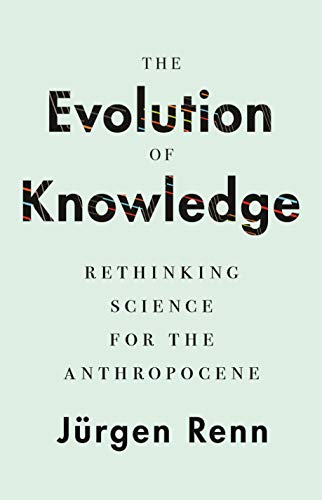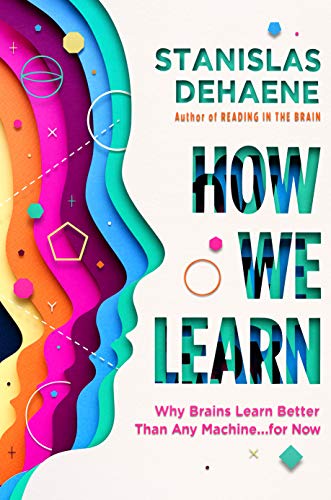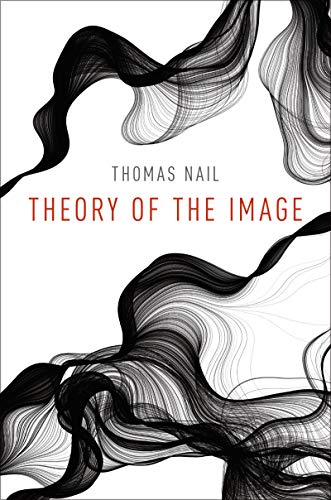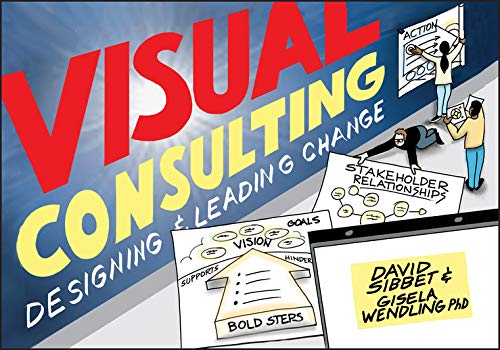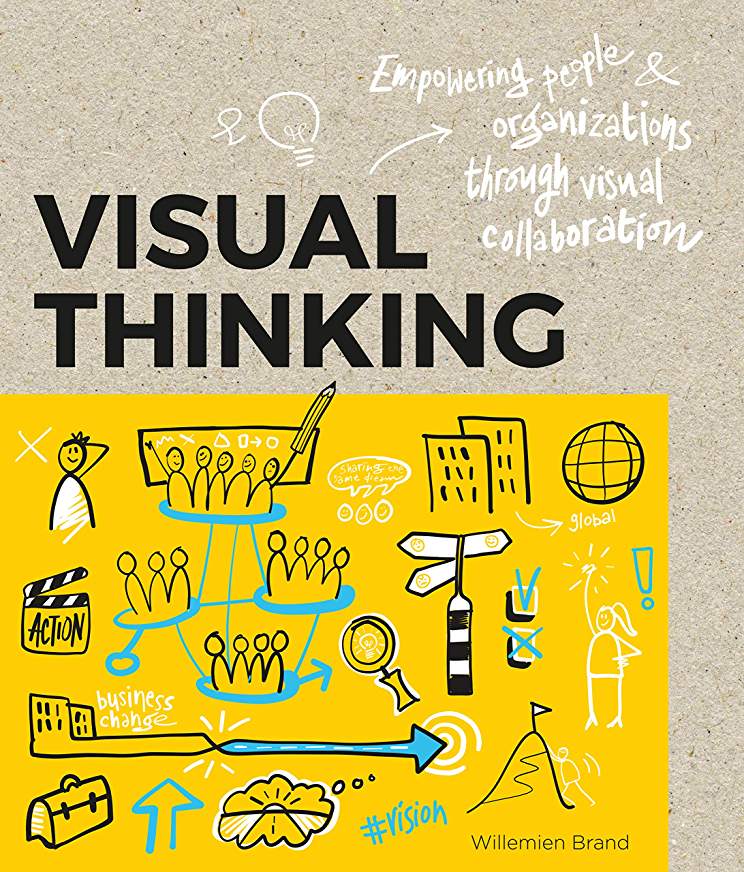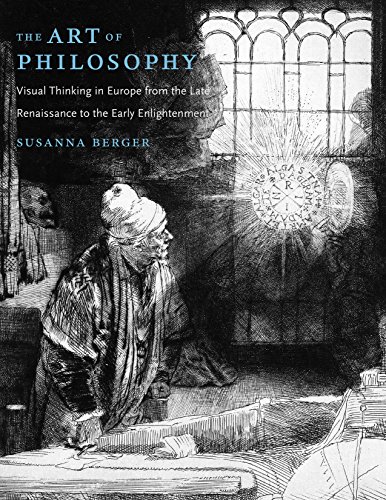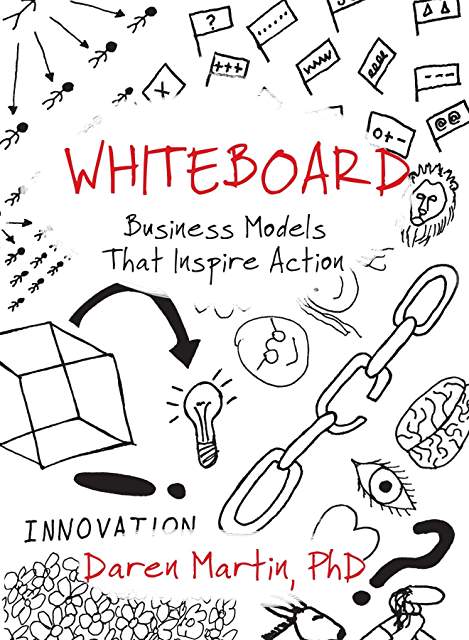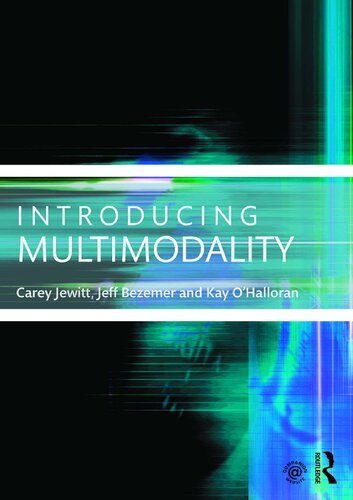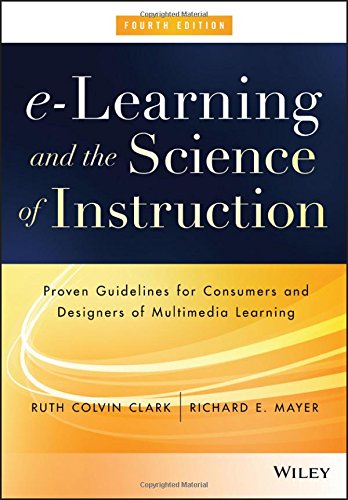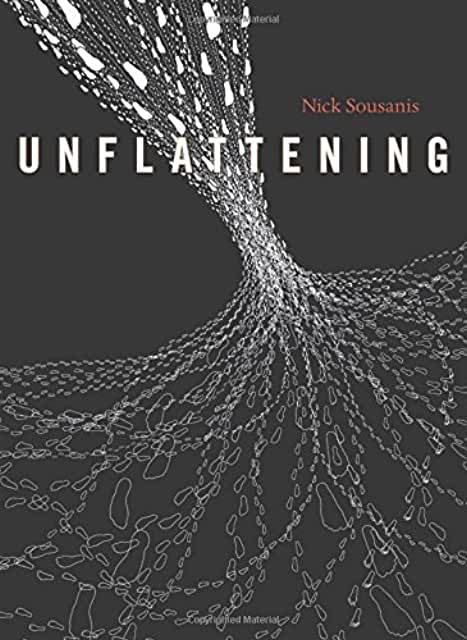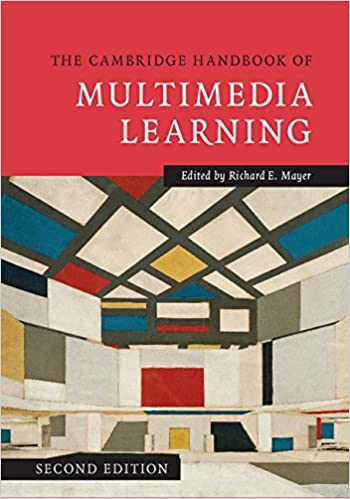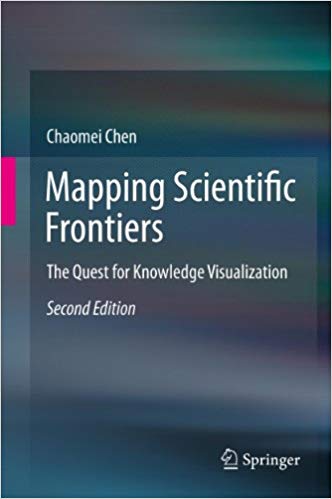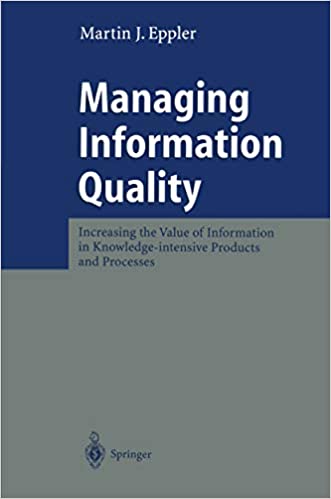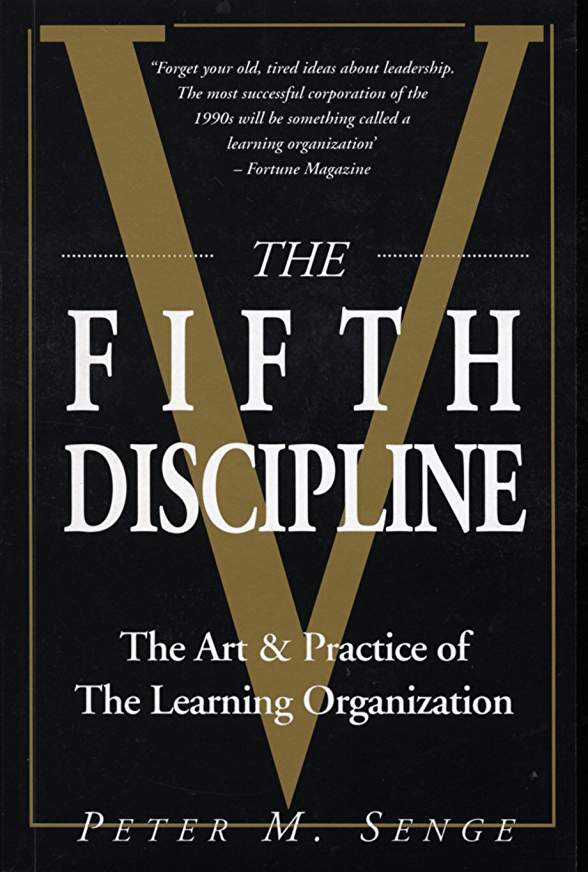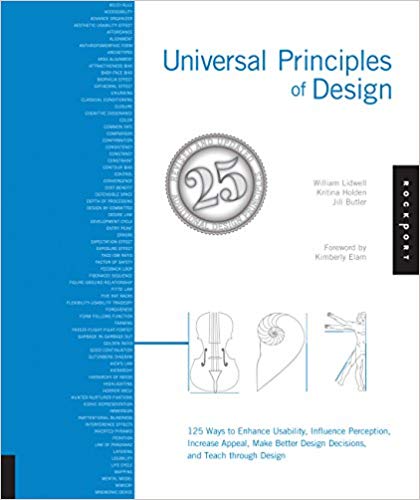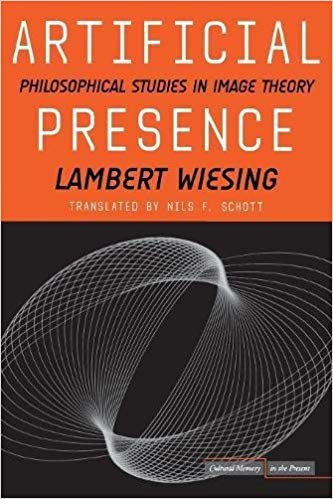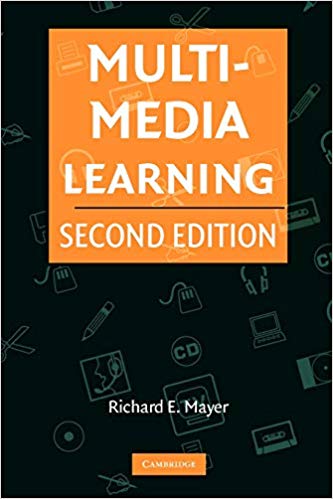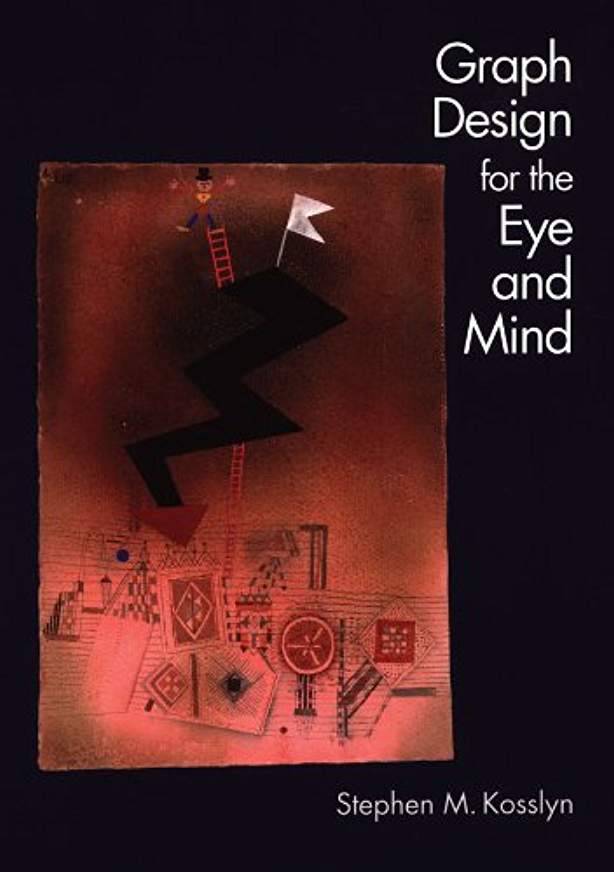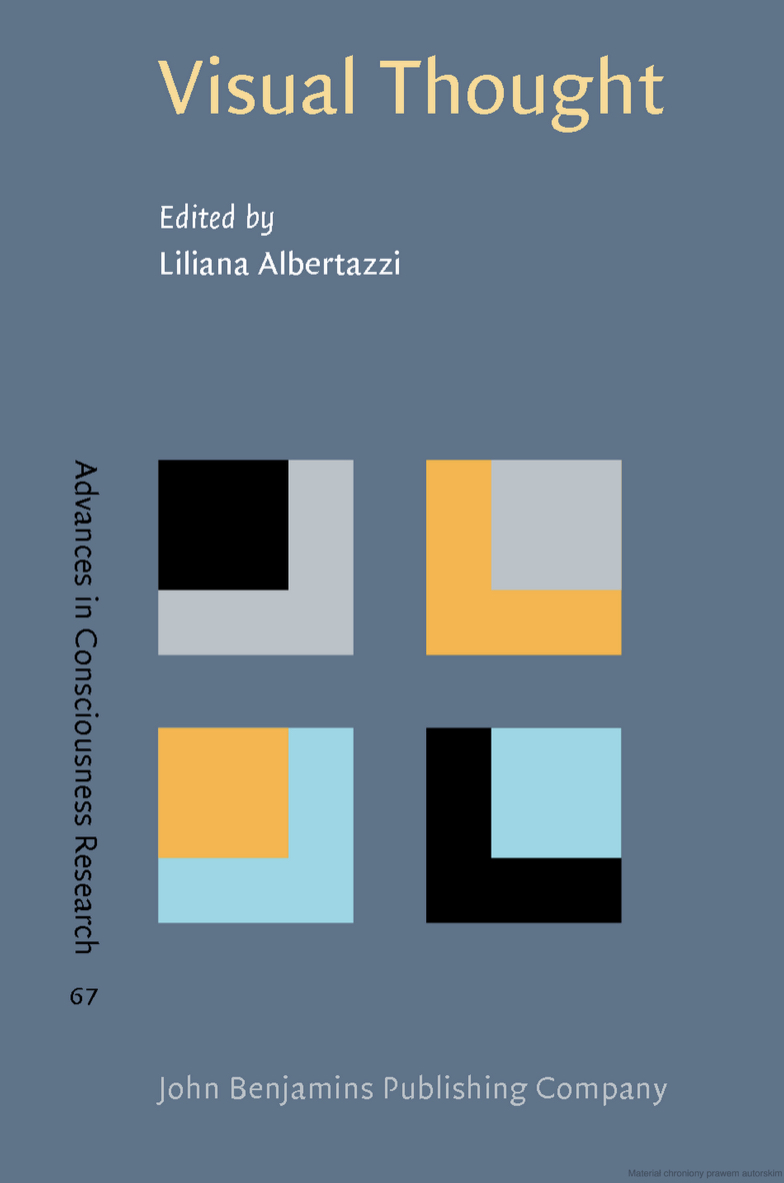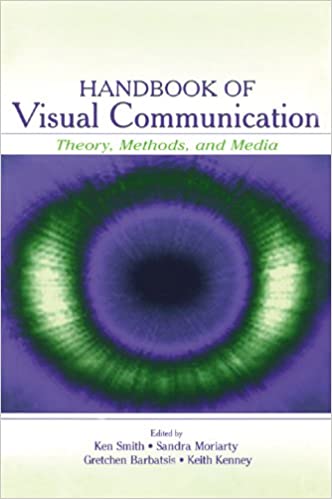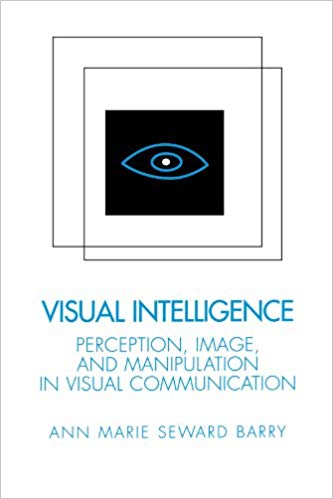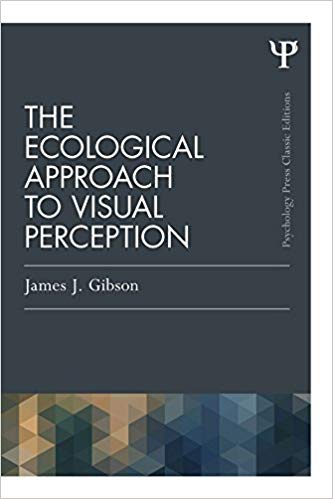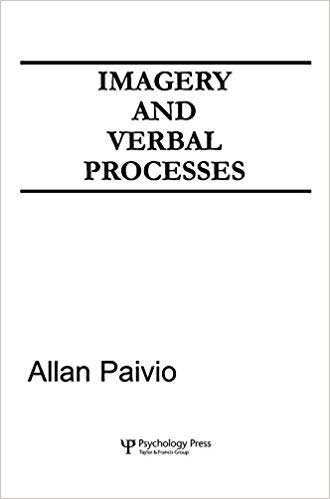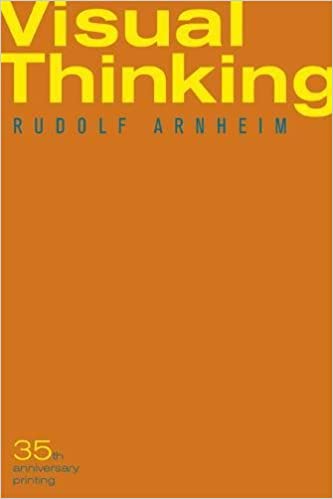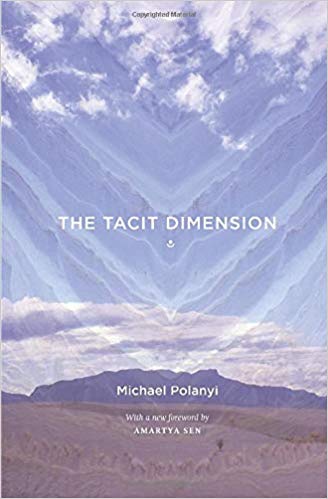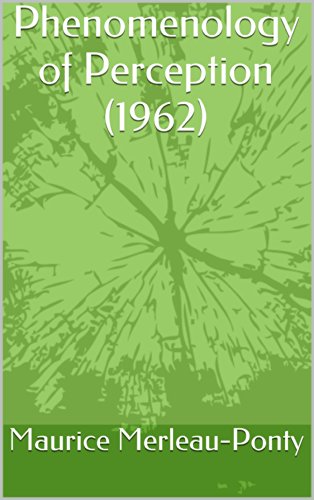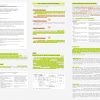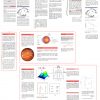Thought Transfer
communication
The ability to identify, interpret, create and transmit meaning across a variety of forms of communication
Concepts ?
Resources ?
Filter 109 resources by topic
Books (46)
- An account of the cultural and intellectual history of how Americans have lived with image and information since XXI century. It blends historical synthesis with insightful orienting narratives of eras, analyzing particular dimensions of them.Feb 8, 2020
- A grand narrative of human history in which knowledge with is multiple facets serves as a critical factor of cultural evolution.Jan 24, 2020
- An illuminating dive into the latest science on our brain's remarkable learning abilities and the potential of the machines we program to imitate themJan 11, 2020
- The image has been understood in many ways, but it is rarely understood to be fundamentally in motion. The current „Age of Image” author calls a „Copernican revolution in our time”. Theory of the Image offers the first kinetic history of the Western art tradition.May 15, 2019
- Drawing on a vast body of experimental research, Iain McGilchrist argues that the left brain makes for a wonderful servant, while the right side takes the position of the more reliable and insightful master.Mar 26, 2019
- Visual Consulting: Designing & Leading Change shows how visual practice can combine with dialogue and change methods to get more creative and sustainable results. The practices can be applied to organizational and diverse, cross-boundary consulting projects.Sep 17, 2018
- The book investigate how visual and material features of early English books, documents, and other artefacts support - or potentially contradict - the linguistic featuresSep 14, 2017
- The book provides an informative, easy to follow and fun introduction into the basics of visual thinking and drawing. It is unique by applying these visual thinking and drawing techniques to everyday business settings.Mar 31, 2017
- Delving into the intersections between artistic images and philosophical knowledge in Europe from the late sixteenth to the early eighteenth centuries, The Art of Philosophy shows that the making and study of visual art functioned as important methods of philosophical thinking and instruction.Feb 28, 2017
- Hand-drawn by the author, this creative collection of illustrations, inspirational quotes, and savvy business models shares one purpose: to spark conversations and evolve companieDec 30, 2016
- An accessible introduction to multimodality. Illuminates the potential of multimodal research for understanding the ways in which people communicate. Key concepts and methods in various domains while learning how to engage critically with the notion of multimodality.Mar 22, 2016
- 4th edition of essential reference for evidence-based guidelines for designing, developing and evaluating asynchronous and synchronous e-Learning for workforce training and educational courseware.Feb 19, 2016
- Nick Sousanis defies conventional forms of scholarly discourse to offer readers both a stunning work of graphic art and a serious inquiry into the ways humans construct knowledge. A dissertation in a form of a comic book.Apr 20, 2015
- If perception is real - what this reality means for a subject? Wiesing's methods chart a markedly new path in contemporary perception theory. As part of the argument, he provides a succinct but comprehensive survey of the philosophy of images.Aug 28, 2014
- A comprehensive, up-to-date analysis of research and theory in the field, with a focus on computer-based learning.Jul 28, 2014
- A timeline of capsule biographies on key figures in the development of the tree diagram containing more that two hundred tree diagramsApr 8, 2014
- On how to incorporate sketchnoting techniques into your note-taking process--regardless of your artistic abilities--to help you better process the information that you are hearing and seeing through drawing, and to actually have fun taking notes.Dec 31, 2013
- An interdisciplinary examination of the history and the state of the art of the quest for visualizing scientific knowledge and the dynamics of its development.Jul 30, 2013
- The book examines ways in which the quality of information can be improved in knowledge-intensive processes (such as on-line communication, strategy, product development, or consultingJun 5, 2013
- Making Thinking Visible: How to Promote Engagement, Understanding, and Independence for All LearnersVisible Thinking is a research-based approach to teaching thinking, begun at Harvard's Project Zero, that develops students' thinking dispositions, while at the same time deepening their understanding of the topics they study.May 3, 2011
- The research, experiences from the field, vignettes, and work. A book that links research and practice and shows the true impact of a specific instructional approach on student learningJan 28, 2011
- The first book to take a systematic theoretical approach to all of the central issues of literacy, including decoding, comprehension, and memoryDec 1, 2010
- The introduction to Senge's carefully integrated corporate framework, which is structured around "personal mastery," "mental models," "shared vision," and "team learning."Apr 30, 2010
- The Universal Principles of Design is a resource to increase cross-disciplinary knowledge and understanding of design. The concepts broadly referred to as “principles,” consist of laws, guidelines, human biases, and general design considerations.Jan 1, 2010
- A collection of studies on the image offers both a case for the importance of image studies and a broad introduction to this area of philosophical enquiry in which author implies that "the image opens up a view on reality liberated from the constraints of physics"Dec 3, 2009
- The book recognizes that the future of economic well being in today's knowledge and information society rests upon the effectiveness of schools and corporations to empower their people to be more effective learners and knowledge creators.Nov 26, 2009
- 12 principles of instructional design that are based on experimental research studies and grounded in a theory of how people learn from words and pictures. The result is what Mayer calls the cognitive theory of multimedia learning.Jan 12, 2009
- The study of 200 maps that show how our idea of the world has shifted and grown over time, and how practice of charting moved away from terrestrial to other, more abstract "spaces"Oct 25, 2007
- A classic work in vision science from 1936 by a leading figure in the Gestalt movement, covering topics that continue to be major issues in vision research today. Lost and re-discovered masterpieceOct 19, 2006
- A dose of visual and cognitive science of graph making, crystallized into 8 principles by a cognitive neuroscientist.Aug 10, 2006
- The volume is a result of an interdisciplinary research project on form analysis and visual perception by a group in Cognitive Science. The group worked on very origins of conscious qualitative states as a major aspect of information theory.Jul 11, 2006
- Multiple Intelligences distills nearly three decades of research on Multiple Intelligences theory and practice, covering its central arguments and numerous developments since its introduction in 1983.Jul 4, 2006
- The textbook examines the ways in which images communicate meaningMay 14, 2006
- The book explores the key theoretical areas in visual communication, and presents the research methods utilized in exploring how people see and how visual communication occursDec 13, 2004
- Usable, science-baked strategies for improving classroom instructionsJan 1, 2001
- What images mean? In the current era of expanding visual technologies, the question is critical. The increasing role of visual images in our society necessitates increasing skills in the reading and understanding of those images.Jun 30, 1997
- Vinod Goel argues that the cognitive computational conception of the world requires our thought processes to be precise, rigid, discrete, and unambiguous; yet there are dense, ambiguous, and amorphous symbol systems, like sketching, painting, and poetry that have nontrivial place in cognitionJun 7, 1995
- A theory of visual processing stressing what author felt essential to perception, leaving the details about physiology by the wayside. Visual as important only to allow animals to act upon and interact with their surroundings. Perception as information for action, rather than as a passive documentation of external events. A must-have item for visual professionalsNov 20, 1979
- The book introduces concept of dual coding theory (DCT) stating that information from pictures and text are encoded into two separate but connected memory stores (nonverbal and verbal). There has been controversy to the limitations of the dual-coding theory although not enough research has been done to determine if words and images are the only way we remember items.Jul 14, 1971
- The classical critique for the assumption that language goes before perception. For Arnheim, the only access to reality we have is through our senses. Arnheim also argues that perception is strongly identified with thinking, and that artistic expression is another way of reasoning.May 4, 1969
- The book argues that tacit knowledge—tradition, inherited practices, implied values, and prejudgments—is a crucial part of scientific knowledge, making it an integral part of all knowledge... and on that is unable to access readily or to express precisely.May 1, 1967
- Book wrote with aim to take phenomenology away from the idealist and dualistic tracks of Husserl and Sartre and ground it firmly in ontology through a psychological analysis of perception. In doing so, Merleau-Ponty lays the foundations for Structuralism and later, for better or worse, Poststructuralism and Deconstructuralism.Jan 1, 1962
Articles (14)
- Until just recently, mobile digital whiteboards seemed like an optional, cool gadget. But now that flights have been canceled and schools closed, digital whiteboards have suddenly become a necessity within an important scope of business activities.Mar 22, 2020
- A look at three scenarios in which remote communication can be supported by a whiteboard for learning and teaching as well as conducting organizational business.Mar 4, 2020
- Visuals enhance text-based communication. They provide a better way to spread ideas, explain concepts, and processes. No need to be a master designer. Here’s how you can share your observations visually in a very simple yet engaging way.Feb 27, 2020
- Demystify the learning process with the help of Explain Everything WhiteboardFeb 10, 2020
- Practicing sketchnoting in the classroom for thinking visuallyNov 3, 2019
- Instead of forcing visual thinkers into textual thinking, we need to see the world differently and develop critical thinking skills [eSchool News article]Aug 8, 2019
- Quanta Magazine by Jordana Cepelewicz, Jan 14, 2019Jan 20, 2019
- Participants monitored a monotonous mock telephone message. Half of the group was randomly assigned to a ‘doodling’ condition where they shaded printed shapes while listening to the telephone call. The doodling group performed better on the monitoring task and recalled 29% more information on a surprise memory test.Jun 4, 2018
- Journal-based science communication is not accessible or comprehensible to a general public. We propose an alternative medium for scientists to communicate their work to the general public in an engaging and digestible way through the use of whiteboard videos.Apr 1, 2016
- Visual representation has been shown to encourage constructive strategies. Inventing representations (including drawings) acts as preparation for future learning. The growing interest in drawing reflects new understandings of science as a multimodal discursive practice, as well as mounting evidence for its value in supporting quality learning.Aug 26, 2011
- Summary of research that examined how students learn Science with an interactive whiteboard that support a range of multi- modal representation typesMar 3, 2010
- What are the tools of cognition for teachers to use to directly facilitate the specific thinking skills of apprentice learners so they move from being novice thinkers to expert thinkers?Jan 1, 2009
- 2005 review of the the concept of knowledge visualization, background of the discipline and potential aplication fieldsJul 28, 2005
- The ‘visual turn' in communication, forces to consider visual presentation of information together with linguistics. This article presents on what empirical grounds exists in the study of mulimodal meaning-makingApr 29, 2002
Scientific Papers (33)
- Use of Explain Everything as a modeling tool in mobile learning to increase confidence and proficiency in comprehension and understandingSep 18, 2019
- Use of Explain Everything as a modeling tool in mobile learning to increase confidence and proficiency in comprehension and understandingMar 26, 2018
- Teaching using an Interactive Whiteboard does not indicate dialogic interaction, according to the current study. The questions about the place and role of the IWB are asked. The answer would seem to lie in the teachers' perceptional change in respect of interaction and learning.Aug 20, 2017
- The article documents improvements in final examination performance as benefits from using student-generated screencast assignments. THe method supported development of creativity, communication and multimedia skills.Nov 28, 2016
- Whiteboard animations have a positive effect on retention, engagement and enjoyment, although we do not rule out the possibility that some of this result is due to novelty.May 16, 2016
- Participants monitored a monotonous mock telephone message. Half of the group was randomly assigned to a ‘doodling’ condition where they shaded printed shapes while listening to the telephone call. The doodling group performed better on the monitoring task and recalled 29% more information on a surprise memory test.Apr 19, 2016
- Contemporary cultural forms involve more than the perceptual system of sight and more than visual images as a communicative mode. Meaning is made through an interaction of different communicative modes.Dec 21, 2015
- The benefit of creating drawings of to-be-remembered information relative to writing was examined as a mnemonic strategy. We propose that drawing improves memory by encouraging a seamless integration of semantic, visual, and motor aspects of a memory trace.Aug 31, 2015
- The article reviews 42 studies investigating the role of sequencing of text and pictures for learning outcomes. It is not so much the sequence of text and pictures per se that affects learning outcomes than boundary conditions (i.e., type of assessed knowledge, relative complexity. The relative complexity of information conveyed by the picture and by the text should determine which medium is better to be processed first, with less complex information being processed first leading to better comprehension.Jul 15, 2015
- Information Visualization techniques are built on a context with many factors related to both vision and cognition, making it difficult to draw a clear picture of how data visually turns into comprehension. In the intent of promoting a better picture, here, we survey concepts on vision, cognition, and Information Visualization organized in a theorization named Visual Expression Process.May 26, 2015
- The study investigates the effects of the restrictiveness of visuals on the communication process and outcome in small groups. Visual restrictiveness is conceived as the constraints imposed by a graphic template on the process of knowledge work.Jan 7, 2015
- The pedagogical problem addressed in this paper relates to how student engagement can be increased by improving the content and the way the lecture is communicated through the use of technology. Paper presents an innovative way to deliver lectures in the higher education setting through the use of an iPad and a unique presentation application, called Explain Everything.Oct 18, 2014
- The study on the effect of distance on medium preferences in interpersonal communication. Words are preferred over richer, picture-based forms when communicating with distal others, whereas proximity cues people to use visual, imagery-based, embodied representations.Oct 4, 2012
- What are the stages of the whole brain volume changes during life (growth until 13, adulthood of 13-35 and then gradual brain tissue loss after age of 35)Sep 13, 2011
- Demonstration of cross modality feature learning, where better features for one modality (e.g., video) can be learned if multiple modalities (e.g., audio and video) are present at feature learning time.Jan 1, 2011
- The paper examines visual metaphors presented using interactive multimedia as a means of helping students build connections between an arithmetic procedure and their existing conceptual knowledgeJun 7, 2010
- The study examined the development of picture superiority effect in recognition memory in groups ranging in age from 7 to 20 years. The picture superiority effect showed a clear developmental trend.May 21, 2009
- Participants monitored a monotonous mock telephone message. Half of the group was randomly assigned to a ‘doodling’ condition where they shaded printed shapes while listening to the telephone call. The doodling group performed better on the monitoring task and recalled 29% more information on a surprise memory test.Feb 27, 2009
- Paper introduces CATLM - Cognitive–Affective Theory of Learning with Media from which five instructional design principles are derived.Jun 22, 2007
- Study of short-term and long-term effects of two kinds of advance organizers in a fully Web-based course with positive (but not inconclusive) benefits in short-term knowledge acquisitionApr 14, 2007
- The article address varying levels of representation in visual language in comparison to the structural make-up of verbal language, to aim toward at what it means to have “visual lexical items” with form-meaning pairings that contribute to the meaningful expressions of visual language.Jan 16, 2007
- The study aims to compare the effects of visual versus verbal metaphors in facilitating novices and experts in the comprehension and construction of mental models.Jan 4, 2006
- The colossal landscape of knowledge is growing at exponential rates and requires representational maps utilizing advanced techniques to provide insight into the structure of knowledge.Jan 5, 2005
- New model for CMC proposing a negative causal link between „naturalness” and the cognitive effort required to use the medium.Jun 1, 2004
- An integration of the CODE Theory of Visual Attention (CTVA) with information foraging theory that could lead to deeper analysis of interaction with visual content.Mar 25, 2001
- Demonstration of capabilities of calligraphic interfaces and freehand drawing to interpret symbolic diagrams in diverse range of apprachesJun 1, 2000
- Article supporting 2 cognitive principles of multimedia learning - the role of modality and contiguityJun 9, 1999
- A research of the conceptual stages of design (typified by vague knowledge and shifting goals) using sketching improved by computer supportOct 8, 1998
- Students with text and illustrations and students who generated their own illustrations performed better on a problem-solving test than students with text only.Sep 1, 1997
- Imaginal coding typically enhances retention. Pictures are remembered better than words; words for which subjects imagine referents are better remembered than words studied without such coding; concrete words are better retained than abstract words; and mnemonic devices employing imagery can produce dramatic effects on retention.Jan 21, 1987
- The effects of imagery on immediate and long term recall and organization (clustering) were studies with regard to hight and low imagery concrete stimulus. It was concluded that imagery is an important factor in free recall and organization nad functions analogously to verbal process.Sep 9, 1977
- Participants monitored a monotonous mock telephone message. Half of the group was randomly assigned to a ‘doodling’ condition where they shaded printed shapes while listening to the telephone call. The doodling group performed better on the monitoring task and recalled 29% more information on a surprise memory test.Oct 10, 1972
- The first scientific paper on free hand input and line drawings using a computer that opens up a new area of man-machine communication.May 1, 1964

